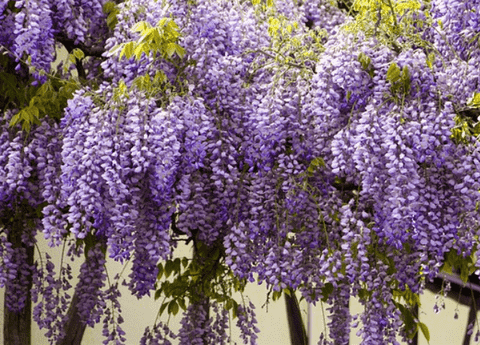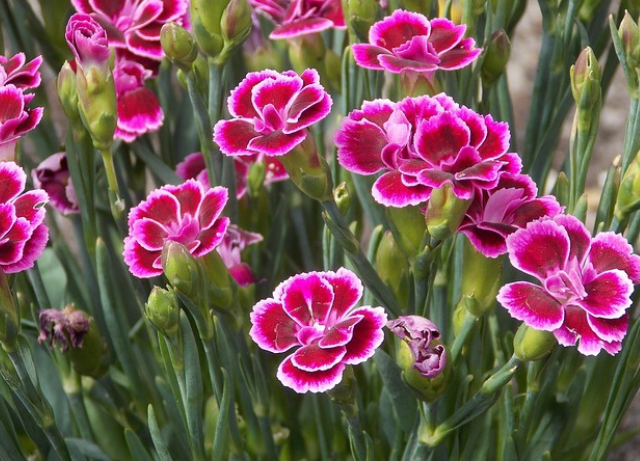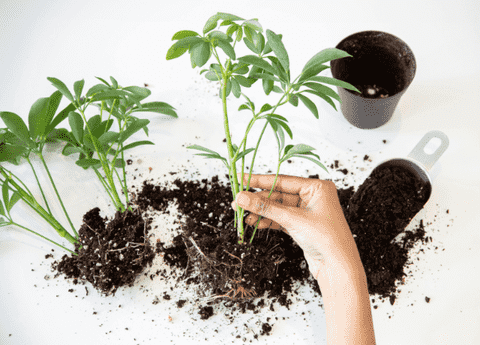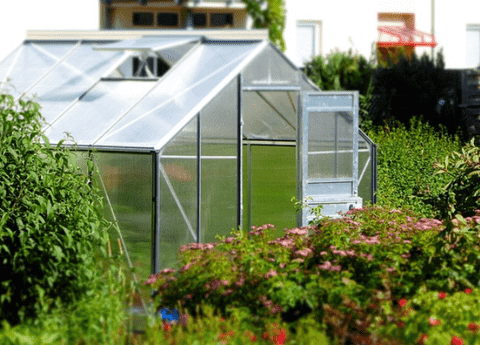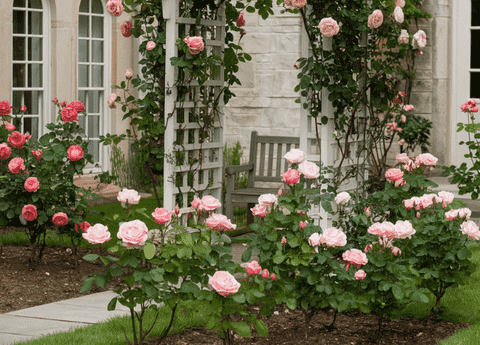How to grow wisteria
Growing wisteria can transform any garden into a stunning, fragrant paradise with its cascading clusters of blooms and lush greenery. This hardy vine, known for its vigorous growth and enchanting flowers, requires some specific care and techniques to thrive and flourish. Whether you’re a seasoned gardener or a novice with a green thumb, understanding the essentials of planting, nurturing, and maintaining wisteria is key to achieving a breathtaking display. In this guide, we will delve into the critical tips and tricks to help you cultivate a flourishing wisteria plant that will enhance the beauty of your outdoor space.
Preparing Your Garden for Wisteria

Choosing the Right Location
Choosing the right location for your wisteria is crucial for its growth and blooming potential. Wisteria thrives best in full sun, requiring at least six hours of direct sunlight daily. Select a spot in your garden that allows for ample sunlight and is slightly sheltered from strong winds. The vine can grow vigorously, so ensure there is enough space for it to spread. Additionally, consider the structure that will support your wisteria. Whether it’s a pergola, arbor, or trellis, it’s essential to have a sturdy structure, as mature wisteria can become quite heavy. Avoid planting wisteria near your home or other buildings, as its strong roots and vigorous growth can cause damage. By carefully selecting the right location, you set the foundation for a healthy and flourishing wisteria plant.
Soil Preparation and Quality
Before planting, test your soil to ensure it meets the necessary pH and drainage requirements. If needed, enhance its fertility and drainage by adding compost or organic matter. Loosen the soil to a depth of 12 to 18 inches to support root growth and aeration. A balanced, slow-release fertilizer can also give your wisteria a strong start. Avoid overly rich soils to prevent excessive leafy growth at the expense of flowers. Adding mulch around the base of the plant helps keep the soil moist and maintains a consistent temperature. By focusing on soil preparation and quality, you create an ideal environment for your wisteria to establish strong roots and produce abundant blooms.
Planting Wisteria Successfully
Planting wisteria successfully involves a few key steps to ensure it establishes well. Start by digging a hole that is twice as wide and as deep as the root ball of your wisteria plant. Gently take the plant out of its container, loosening the roots if they seem compacted. Place the wisteria in the hole, making sure the top of the root ball is level with the surrounding soil. Backfill the hole with a mix of native soil and compost, firming it gently to eliminate air pockets. Give the plant a thorough watering to help settle the soil and minimize transplant shock. Initially, water the wisteria regularly to keep the soil consistently moist but not waterlogged. Apply mulch around the base of the plant to retain moisture and prevent weed growth.
With these steps, you set the stage for your wisteria to grow strong and healthy, paving the way for future blooms.
Nurturing and Maintaining Wisteria
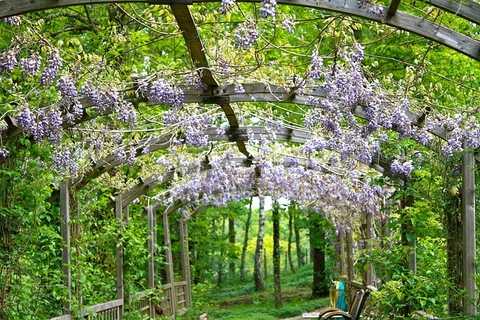
Watering and Fertilizing
Proper watering and fertilizing are essential for nurturing your wisteria. Initially, water your wisteria regularly to keep the soil consistently moist, especially during dry periods. Once established, wisteria is relatively drought-tolerant, but it benefits from occasional deep watering during extended dry spells to promote healthy growth and flowering. Avoid overwatering, as it can cause the soil to become waterlogged, leading to root rot.
When it comes to fertilizing, wisteria generally does not require heavy feeding. Too much nitrogen can promote leafy growth instead of flowers. Instead, apply a balanced, slow-release fertilizer in early spring as new growth begins. If you notice a lack of blooms, a high-phosphorus fertilizer can help encourage flowering. Additionally, a yearly application of compost or well-rotted manure around the base of the plant can improve soil fertility and structure.
By adhering to these watering and fertilizing guidelines, you support the robust growth and vibrant blooms of your wisteria.
Pruning Techniques for Growth
Pruning is a critical aspect of maintaining wisteria and encouraging abundant blooms. Regular pruning helps control the vine’s vigorous growth and stimulates flowering. The primary pruning period is in late winter or early spring before new growth starts. During this time, cut back the previous year’s growth to two or three buds from the main stem. This helps direct energy into producing flowers rather than excessive foliage.
A secondary pruning can be done in summer, typically in July or August. Trim the long, whippy shoots back to about six inches to keep the plant tidy and manageable. This also prevents the vine from overshadowing other plants and structures.
When pruning, always use sharp, clean tools to make precise cuts and minimize plant stress. Prune any dead, damaged, or crossing branches to enhance air circulation and improve the plant’s overall health. By following these pruning techniques, you promote a well-shaped, flower-laden wisteria that enhances your garden’s beauty.
Managing Pests and Diseases
Managing pests and diseases is essential to keep your wisteria healthy and thriving. While wisteria is relatively resistant to many pests and diseases, it can occasionally suffer from issues like aphids, scale insects, and spider mites. Regularly inspect your plant for signs of infestation, such as distorted leaves or a sticky residue known as honeydew. If pests are detected, treat them with insecticidal soap or horticultural oil, following the manufacturer’s instructions.
Fungal diseases like powdery mildew and root rot can also affect wisteria. Ensure proper air circulation around the plant by pruning and spacing it appropriately. Avoid overwatering and ensure the soil drains well to prevent root rot. If you notice signs of fungal infection, such as discolored leaves or a white powdery coating, treat the plant with a fungicide.
By staying vigilant and addressing pest and disease issues promptly, you can maintain a robust and healthy wisteria that continues to beautify your garden.

